Cederberg's orphan tree
"Mountains are not esteemed because they are high,
but because they have trees"
-Japanese proverb

The Widdringtonia wallichii
About an hour and a half's walk up into this otherworld ...
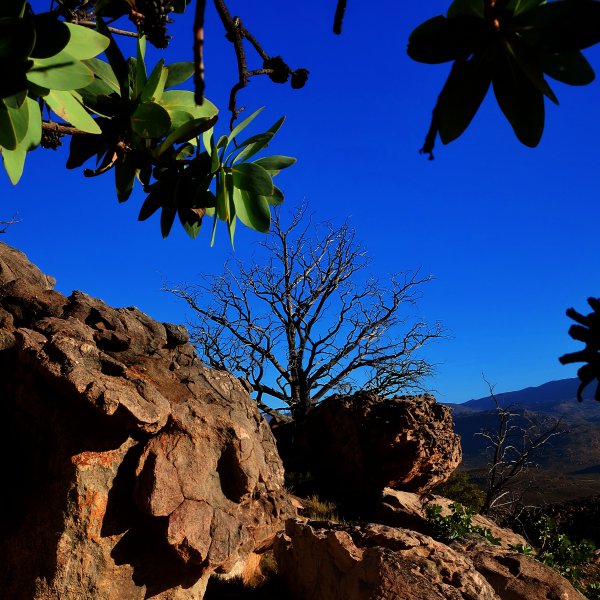
How many of the iconic trees were here before the industrial age kicked in and the ceders came down?
Recent research comparing historic versus present pollen counts points to there having been fewer Widdringtonia wallichii than previously thought.
Now though, here and there, old cedar tree survivors, some with live foliage, others just remnant burnt-out skeletons, still claw into towering rockscapes.
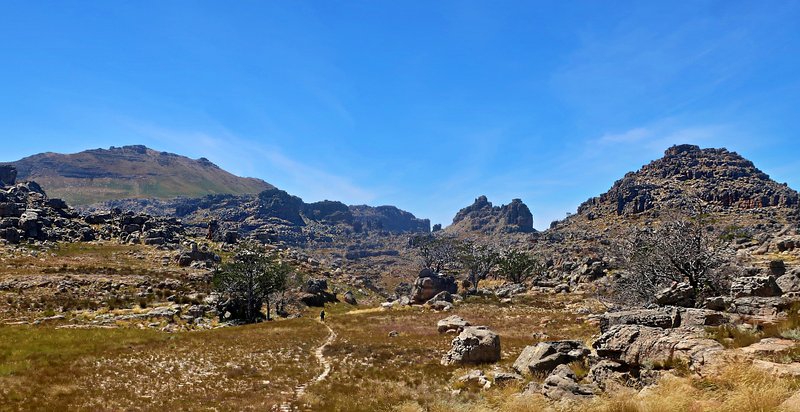
Even in deep summer delicate fynbos is in flower.
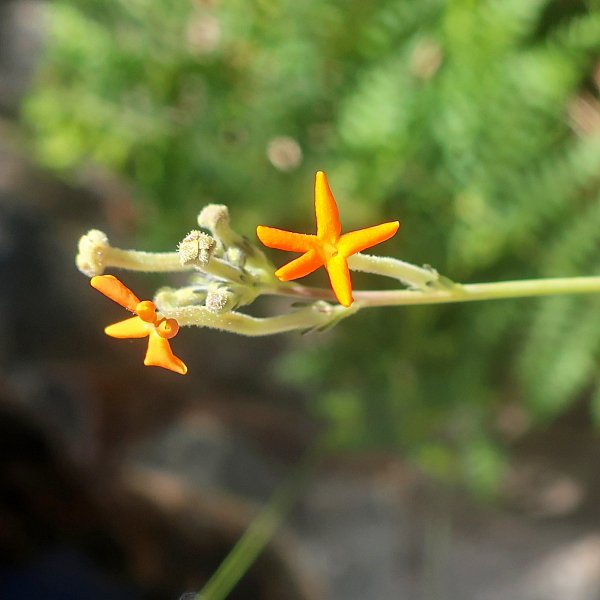


Cederberg's cedars, or Widdringtonia wallichii (preveiously Widdrintonia cedarbegensis), are said to be found nowhere else on earth - although I have seen a small patch in the Baviaanskloof. They're thought to have survived an ice age about 250 million years ago.
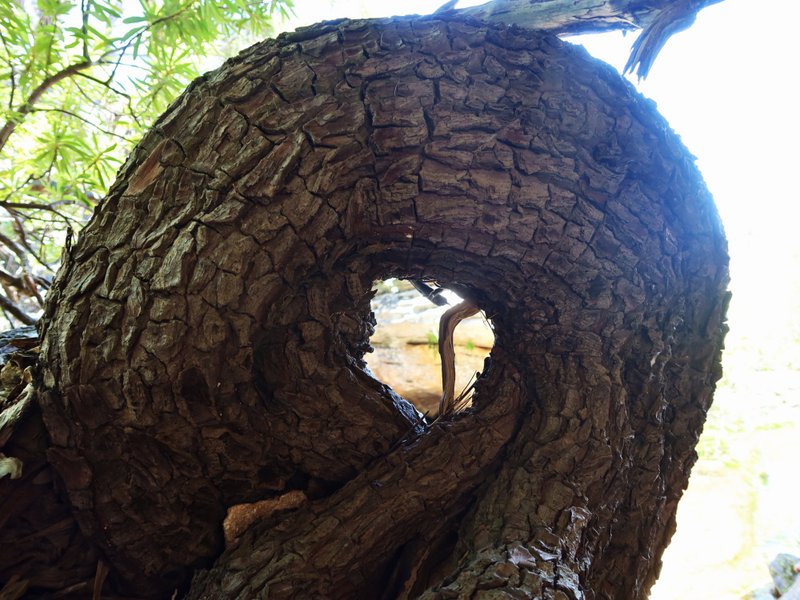
The torque of time evolved a hardy tree of dense wood that adapted as this part of the world warmed again, and the soil turned acidic and nutrient-depleted. Perhaps this is why cedars are slow reproducers, along with the fact that their fallen resin acts as a prophylactic, so I was told.
In a Floral Region of mostly heath-like bush, once European settlement came it was only a matter of time before felled Cedar trees were hauled down. (The trails here are really well made.)
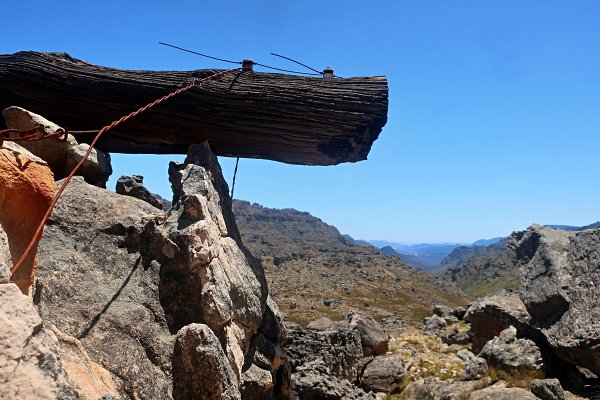
They were used to fence in land, for telegraph poles and furniture.
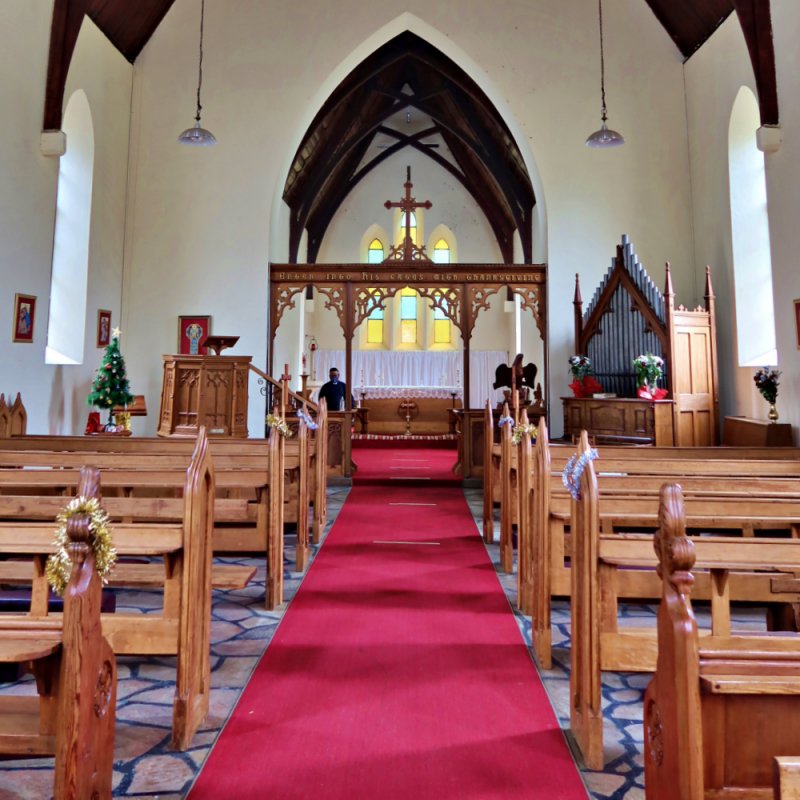
Clanwilliam's Anglican Church is decked out in cedar wood.

Projects to regrow the cedars are under-resourced.
A new cedar has to make it to about thirty years, surviving the changing climate and water shortages, before it'll produce seed-baring cones. Fallen cones dry out and release seeds. That much is known. It's then thought that mice transport seeds below ground to store. Germination is enduced by heat and smoke from summer fires, followed by winter rain.
Small animals eat the seeds, as well as the shoots of rare cedar saplings.
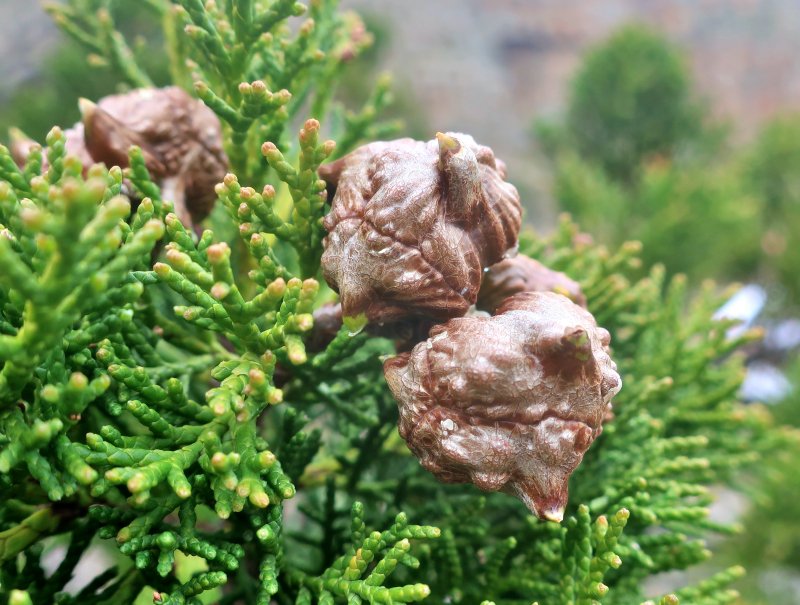
Widdringtonia wallichii pods (above)
seeds (below)

And the resin thing?
While elsewhere forest-elder trees nurture nearby saplings by providing shade, hooking them up to the existing subterranean mycorrrhizal networks, and whatever - that is not the case with local cedars. They secrete a resin which humans have used traditionally as poultices for rheumatism and gout.
In the soil where resin has fallen, it is believed that seeds don't germinate. Not until the parent tree has died.
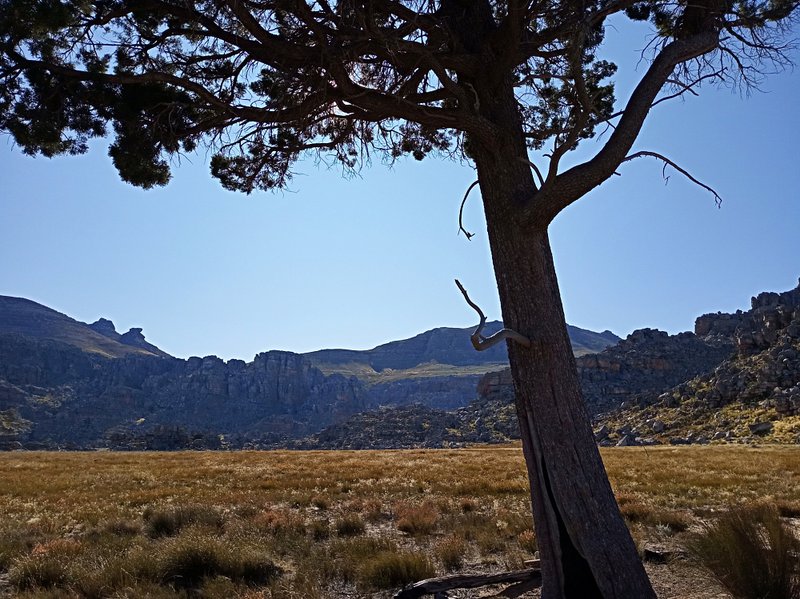
"The leaf of every tree
brings a message
from the unseen world.
Look, every falling leaf
is a blessing"
-Rumi

- See this page for Cederberg hiking.
- More on the restoration project:
https://www.youtube.com/watch?v=7GL-dNp_ClE
https://edition.cnn.com/2020/03/13/africa/clanwilliam-cedar-cederberg-c2e-intl-spc/index.html
back to more info / notes